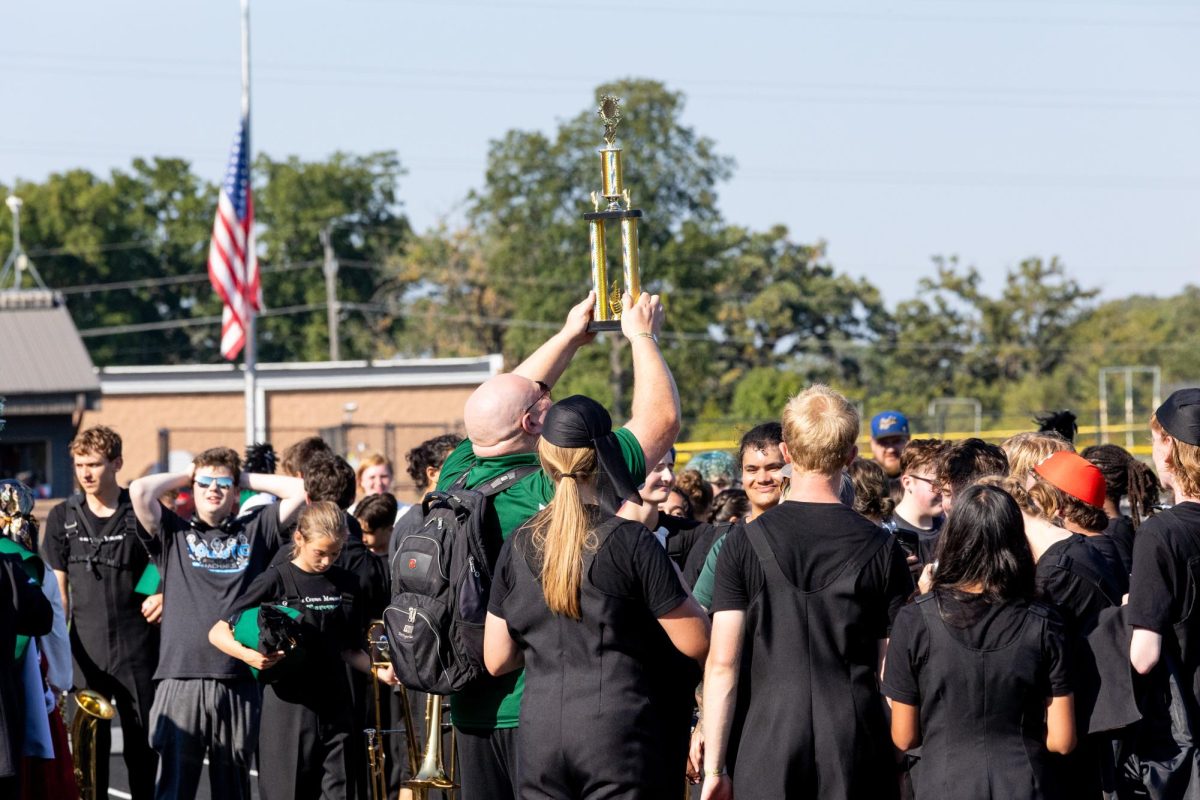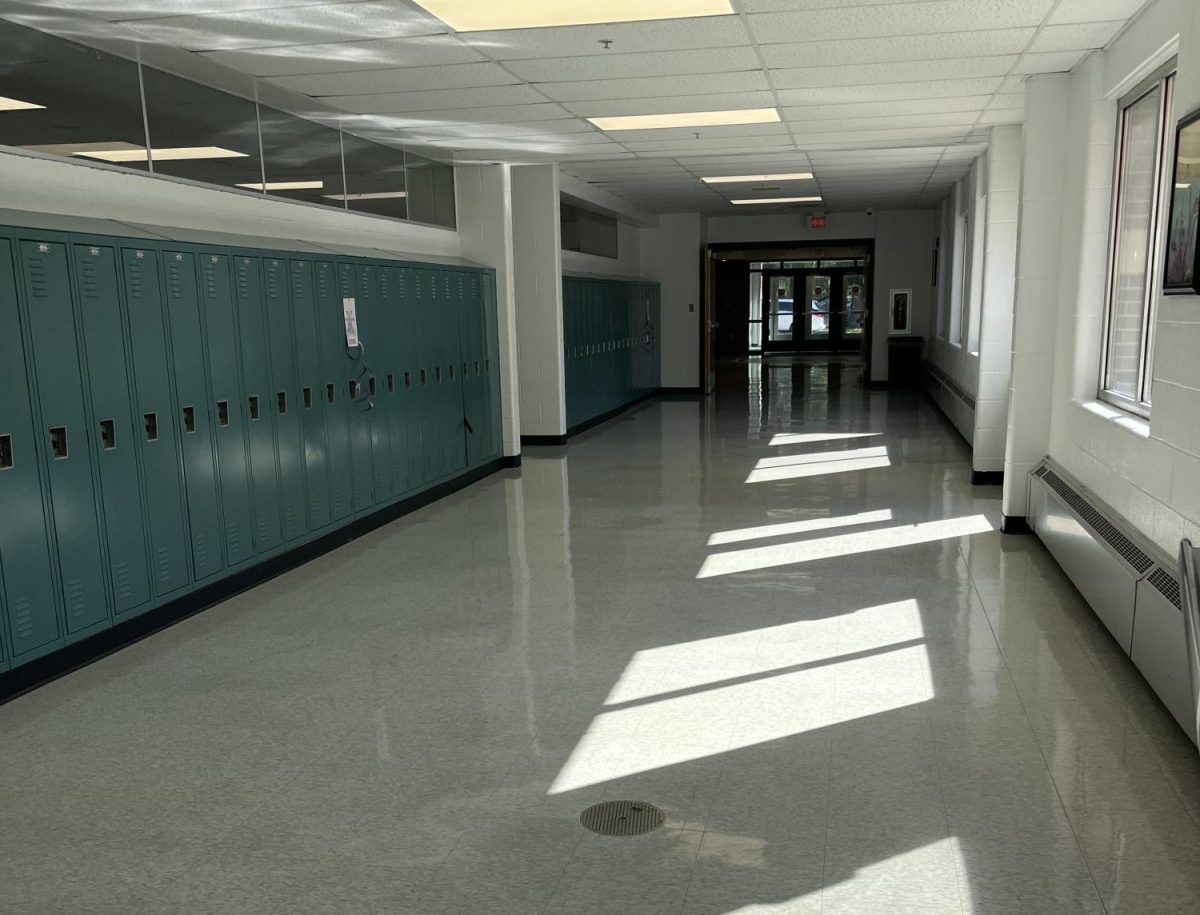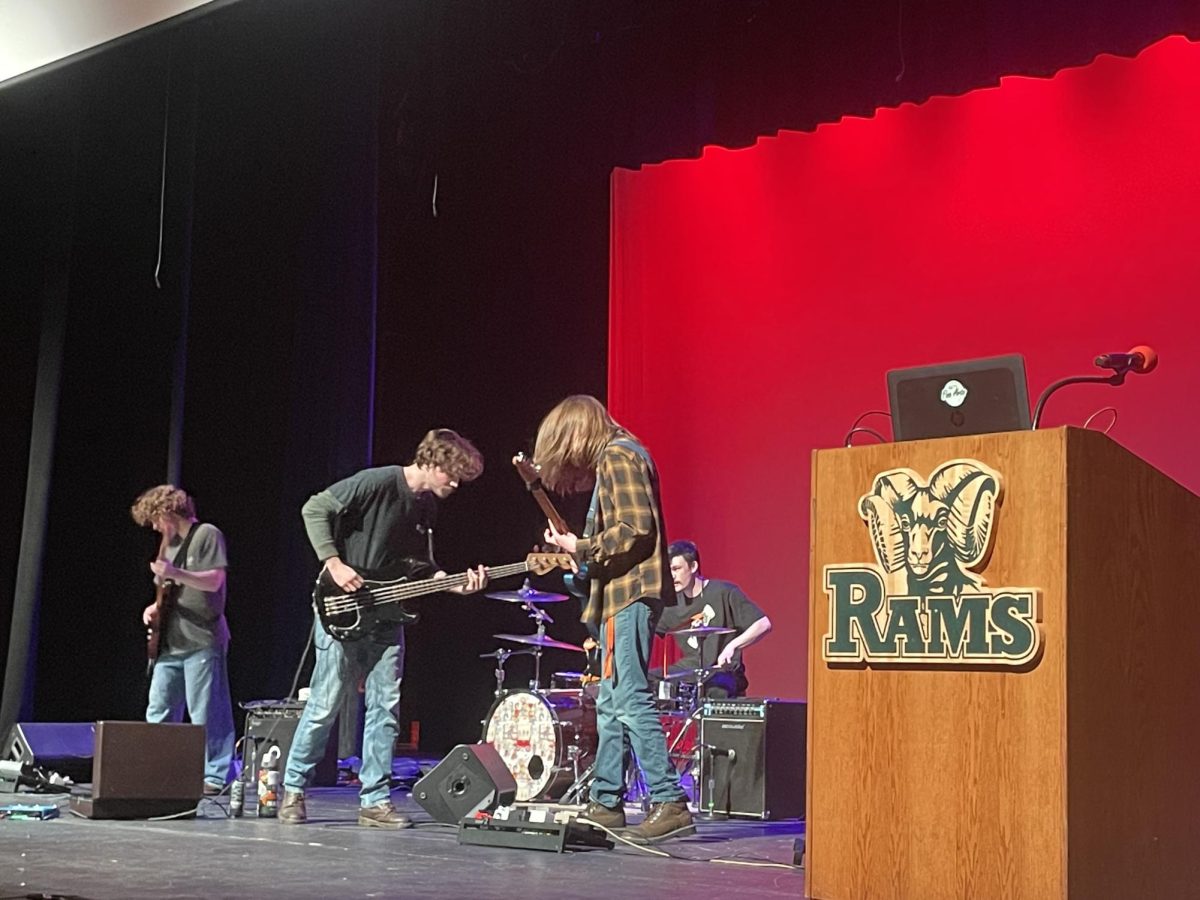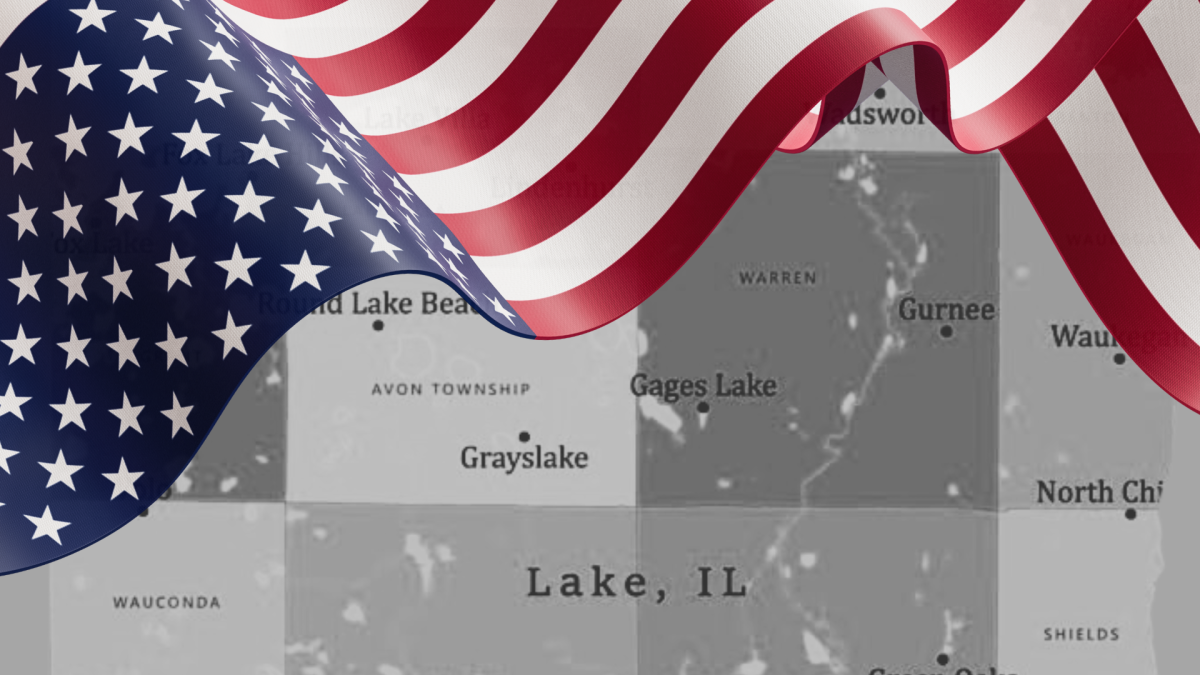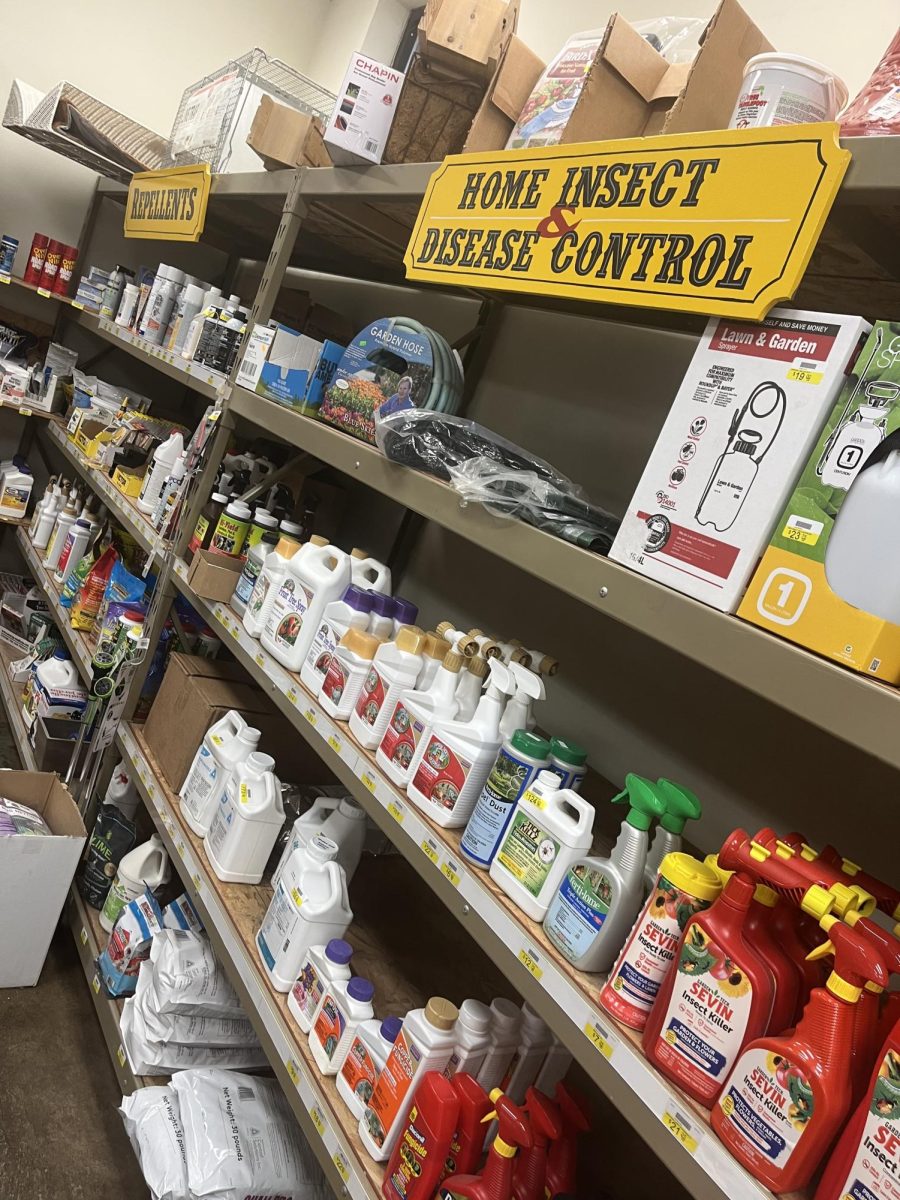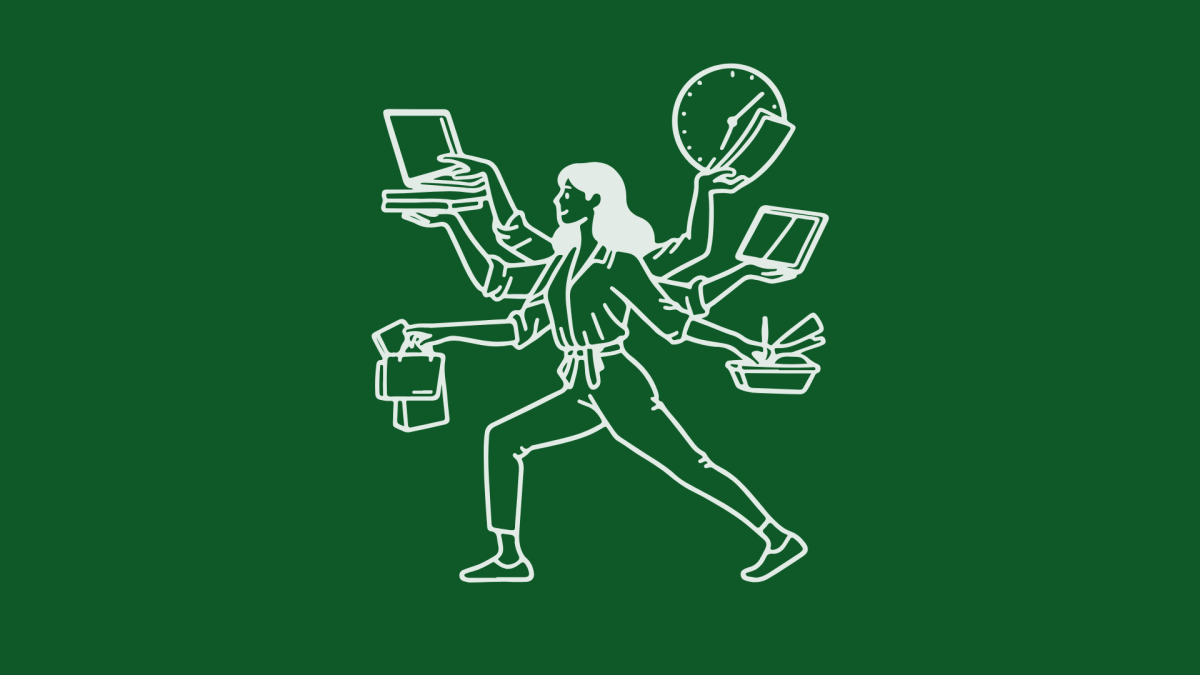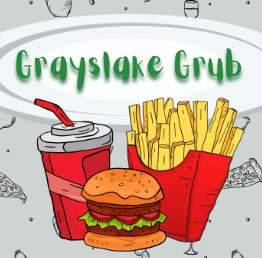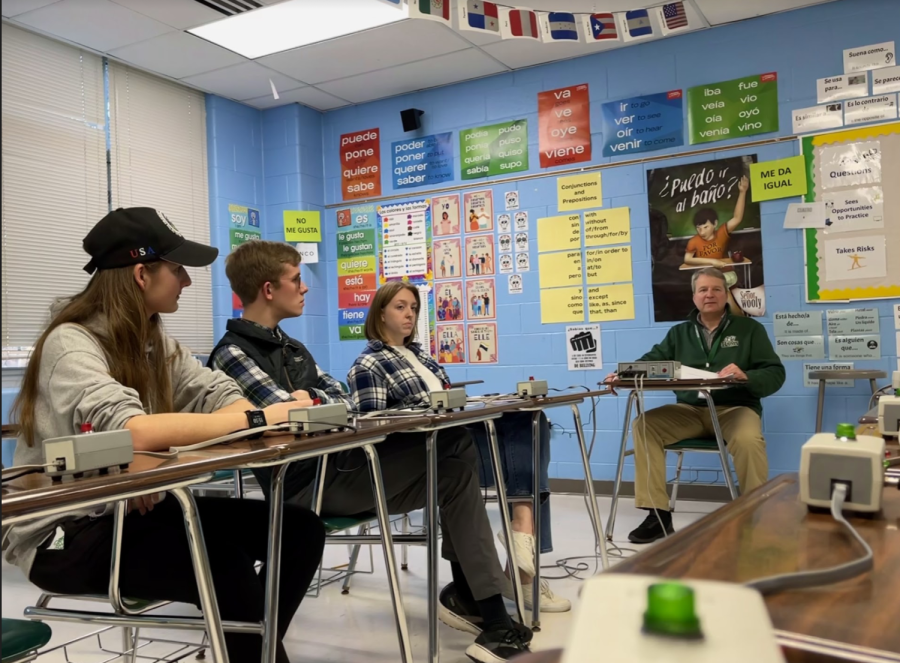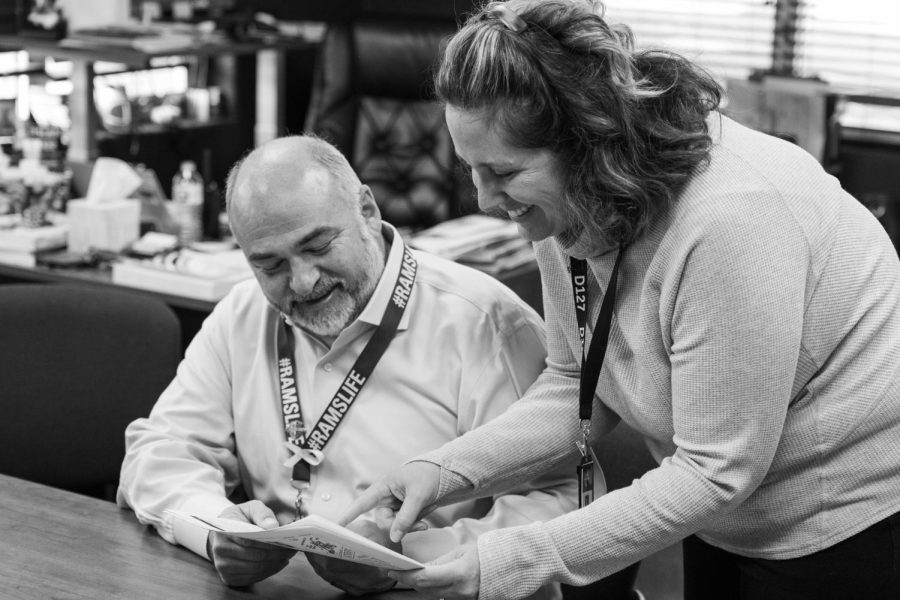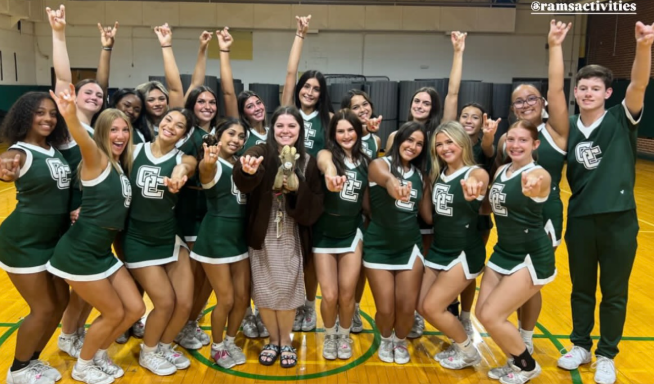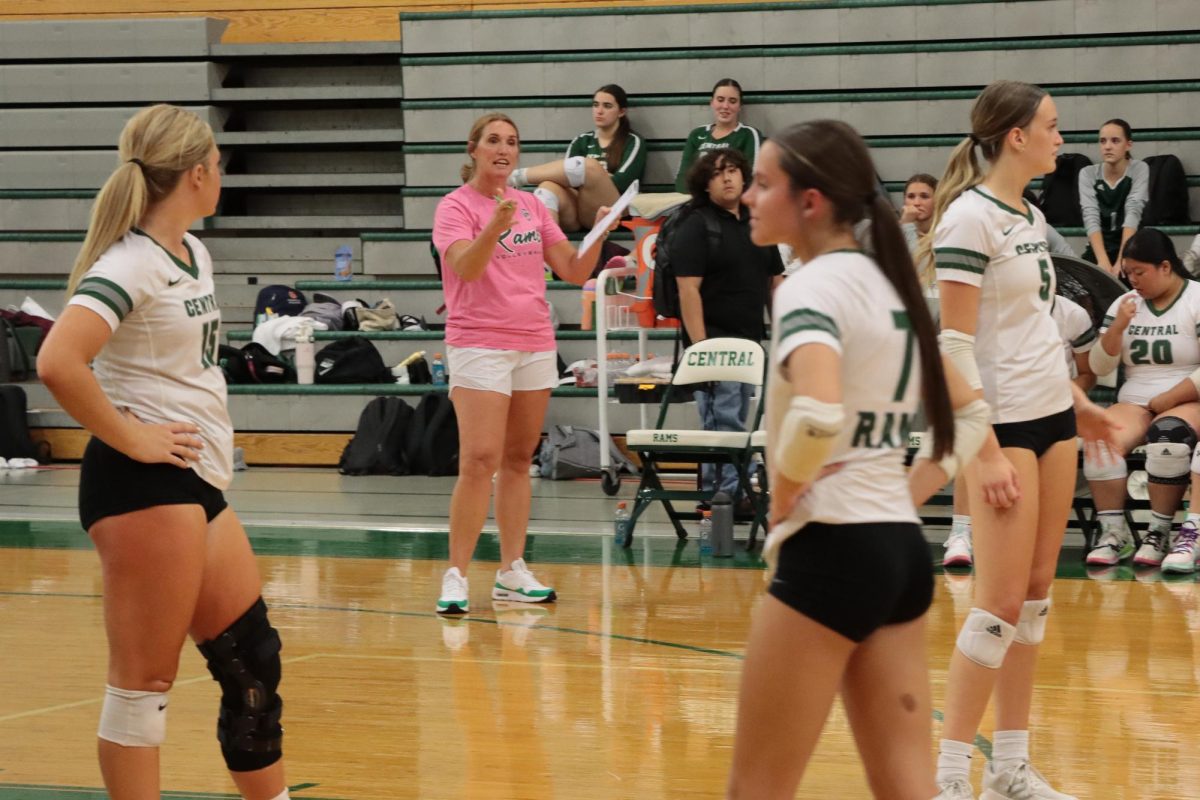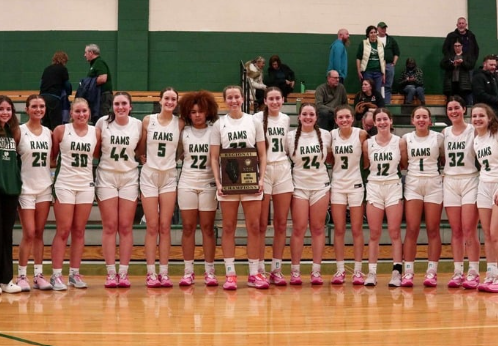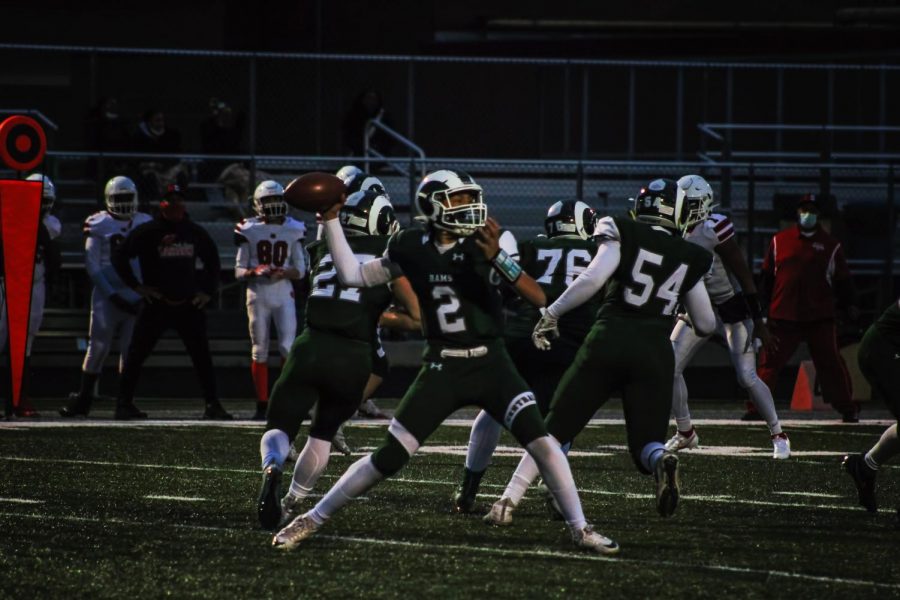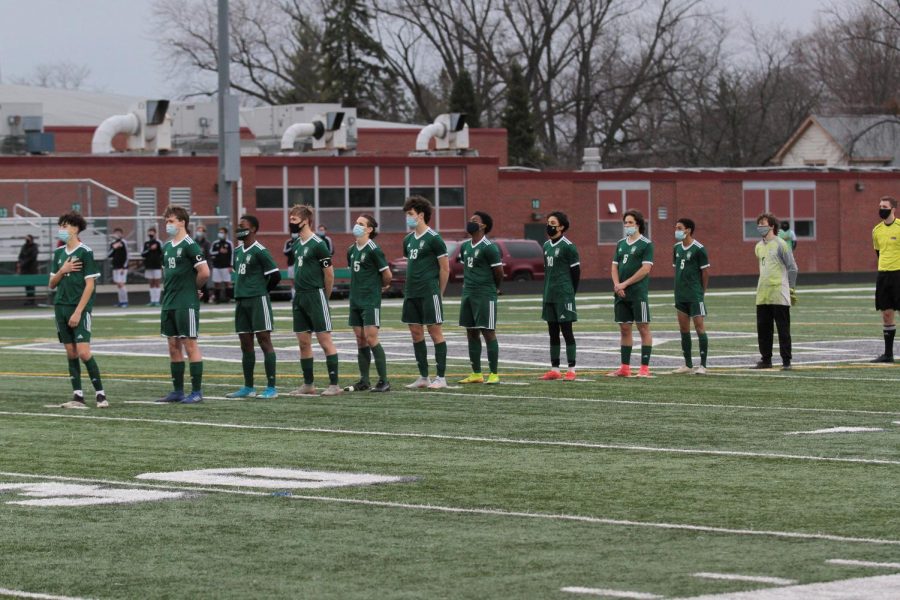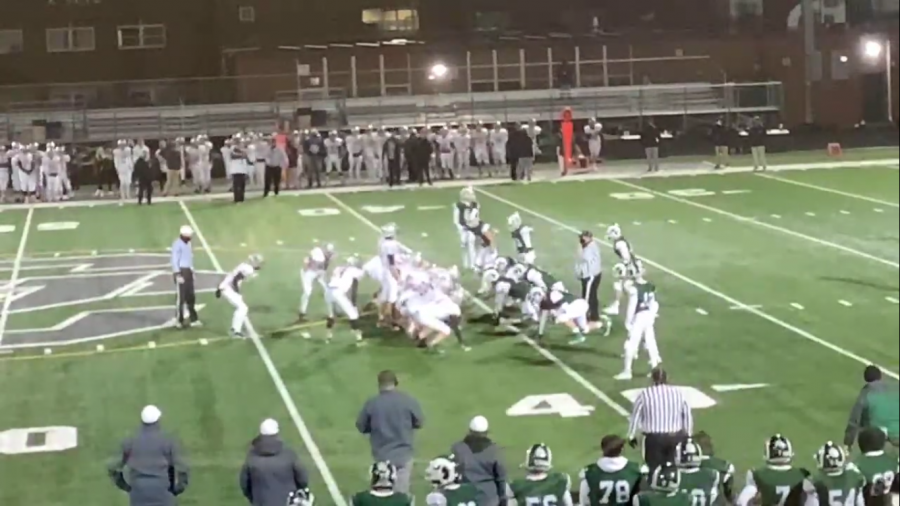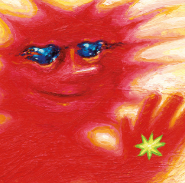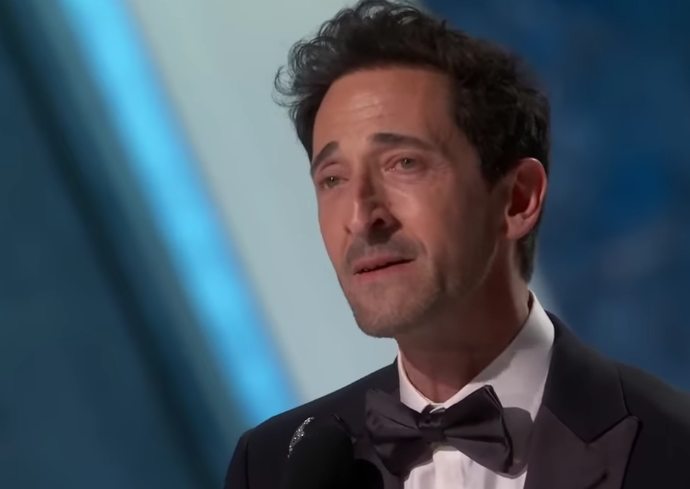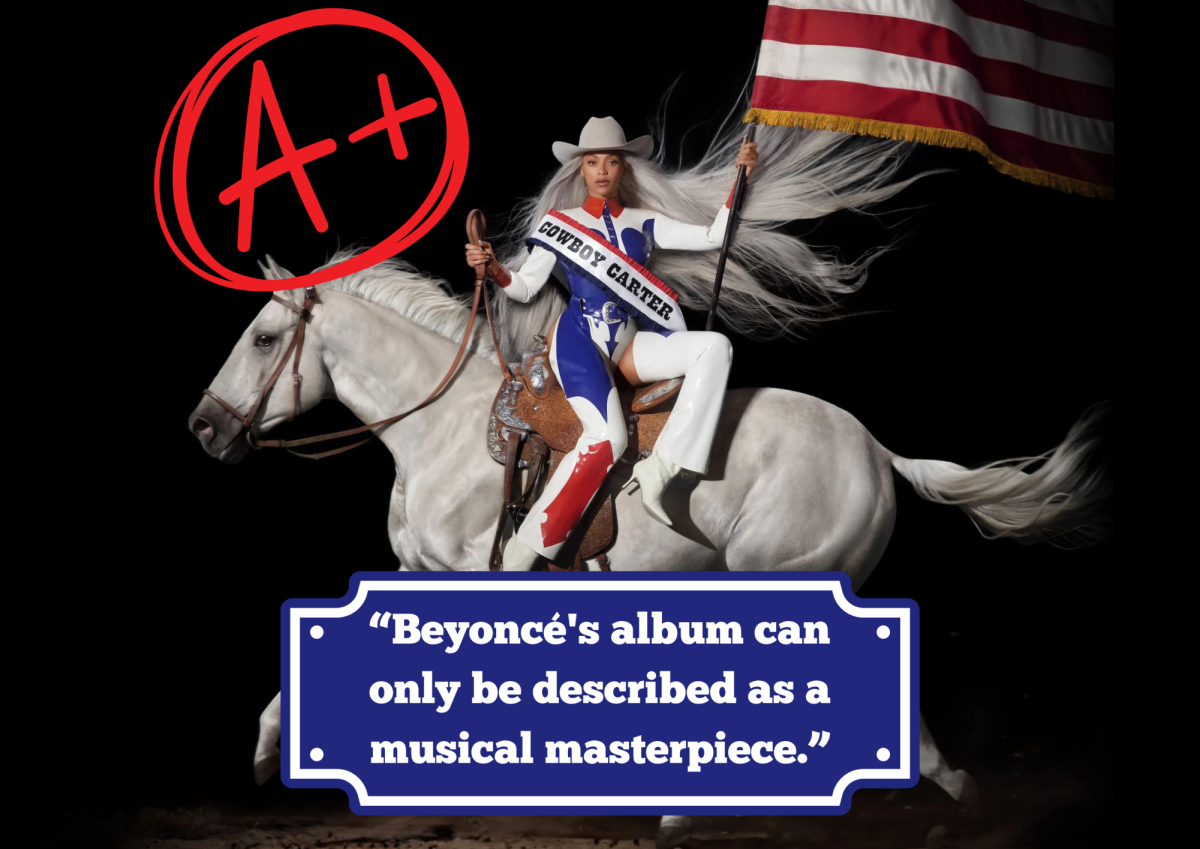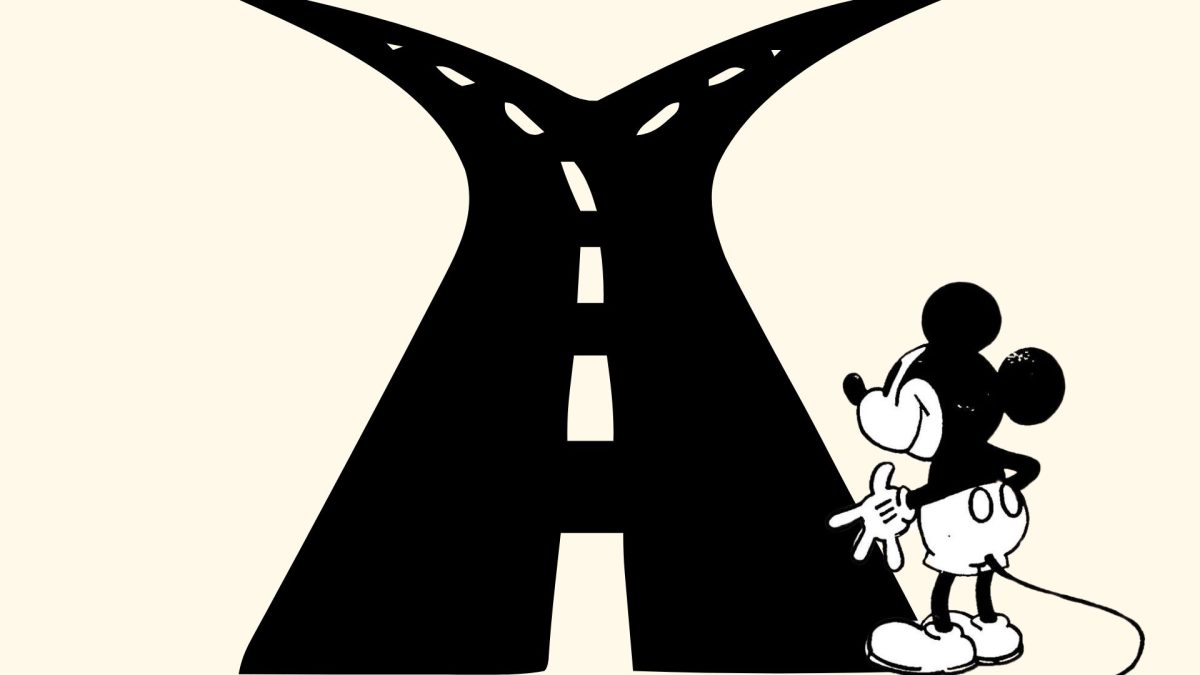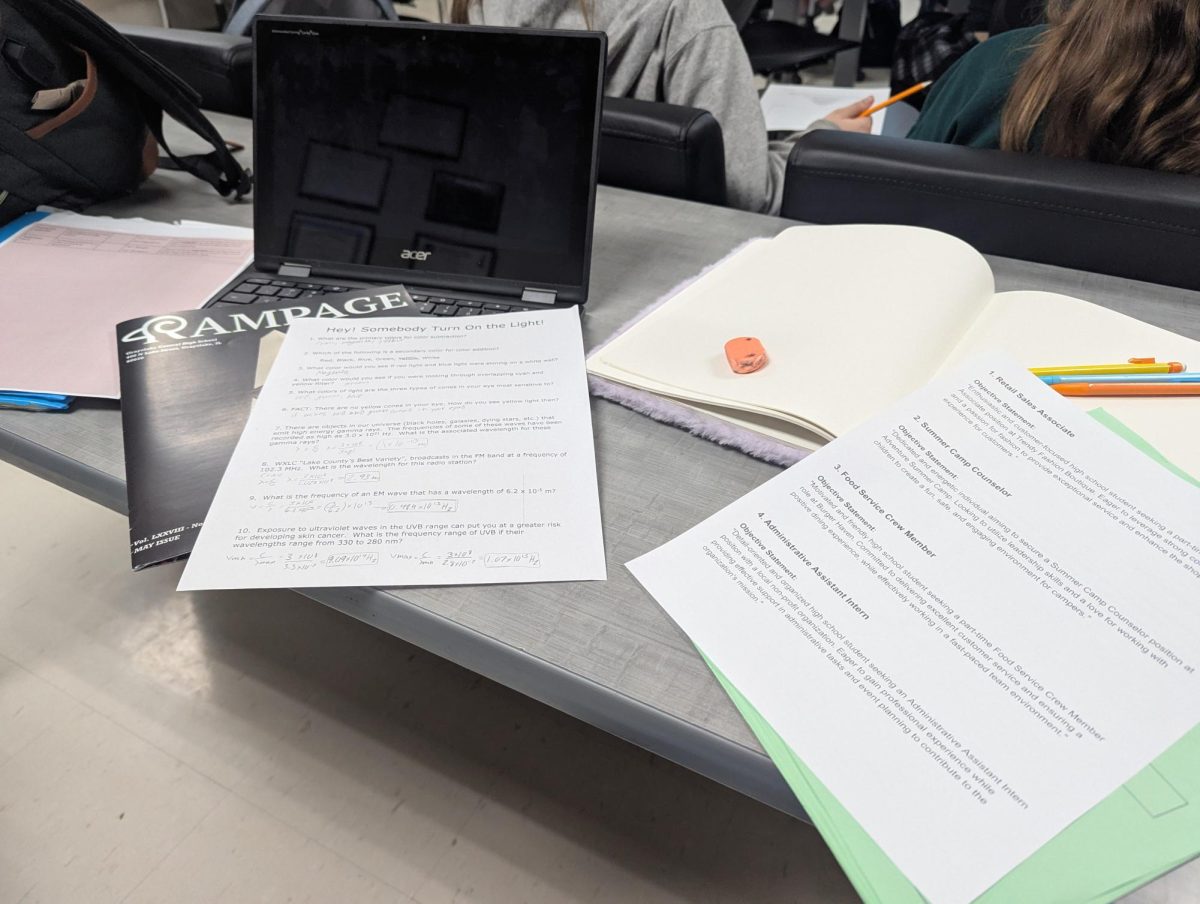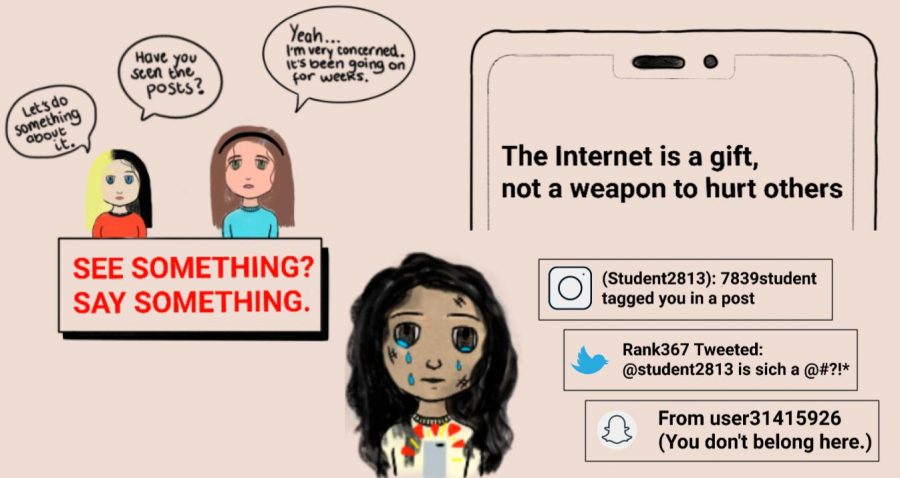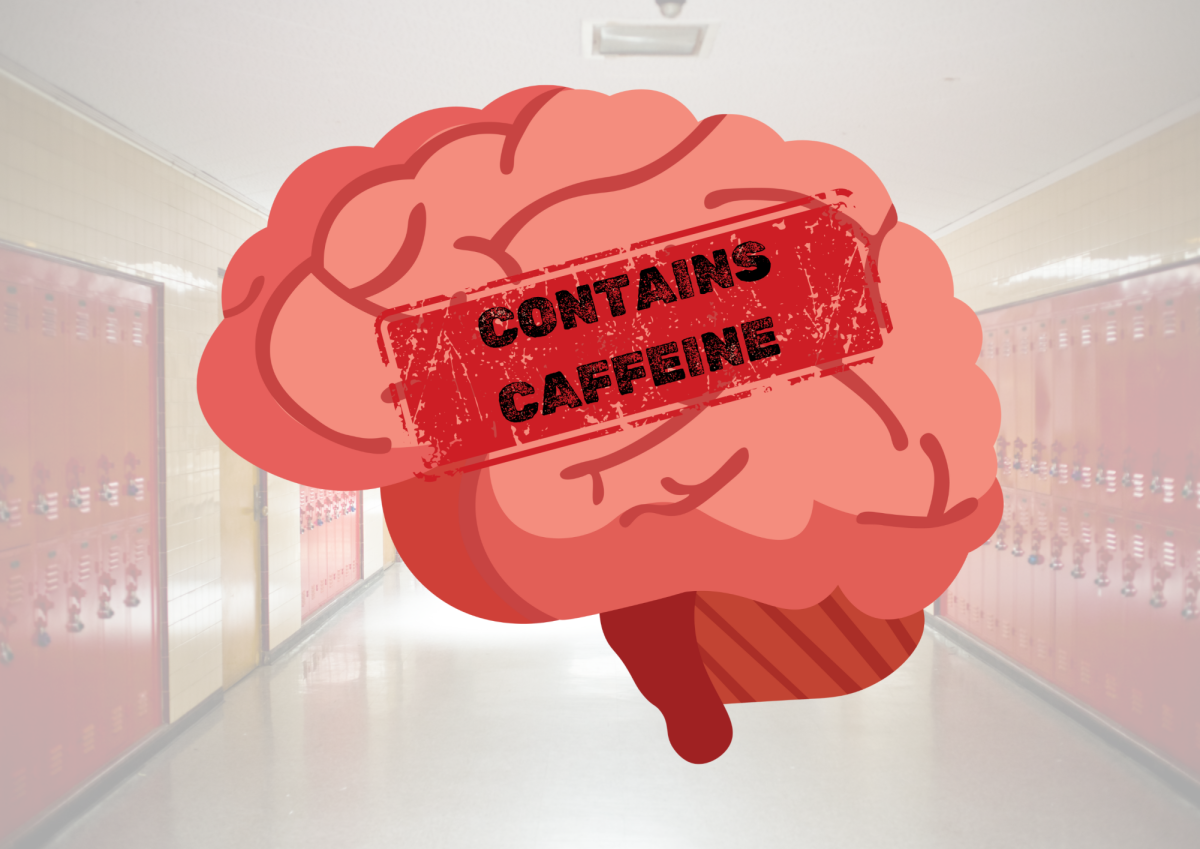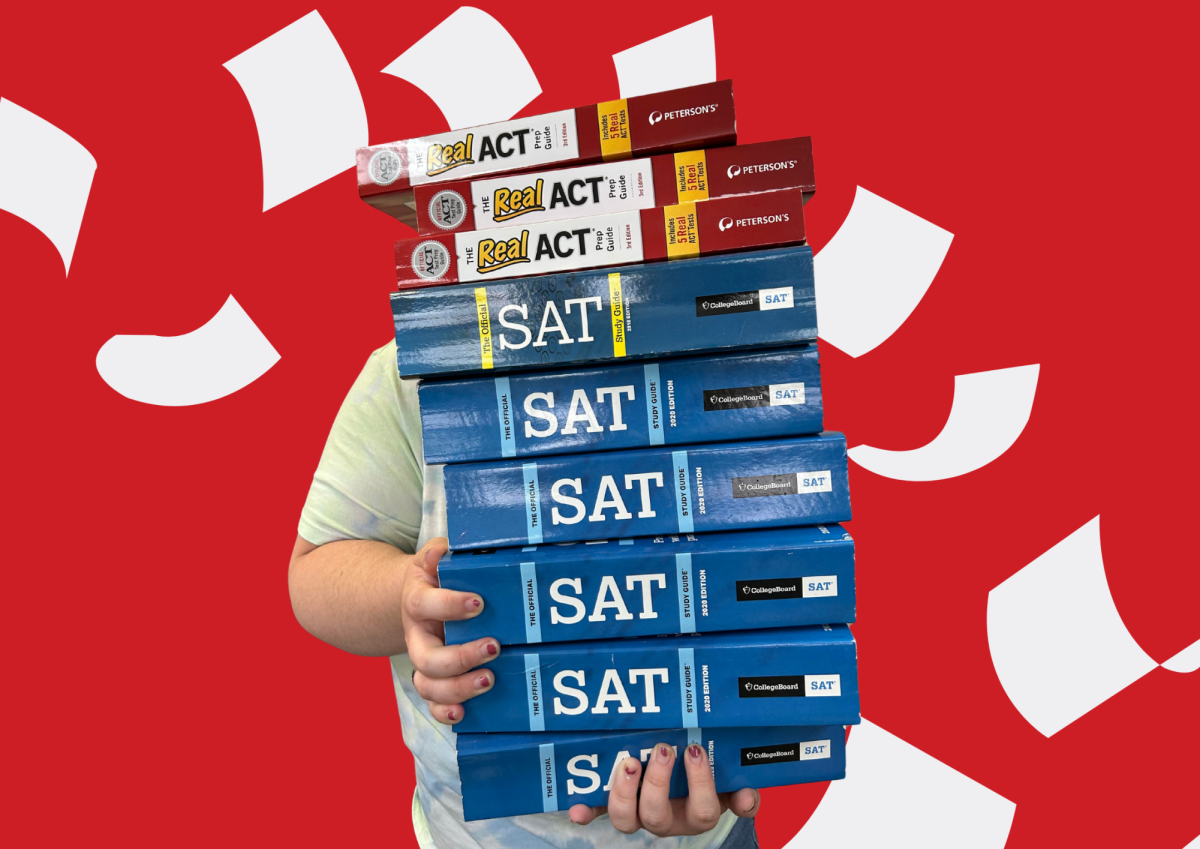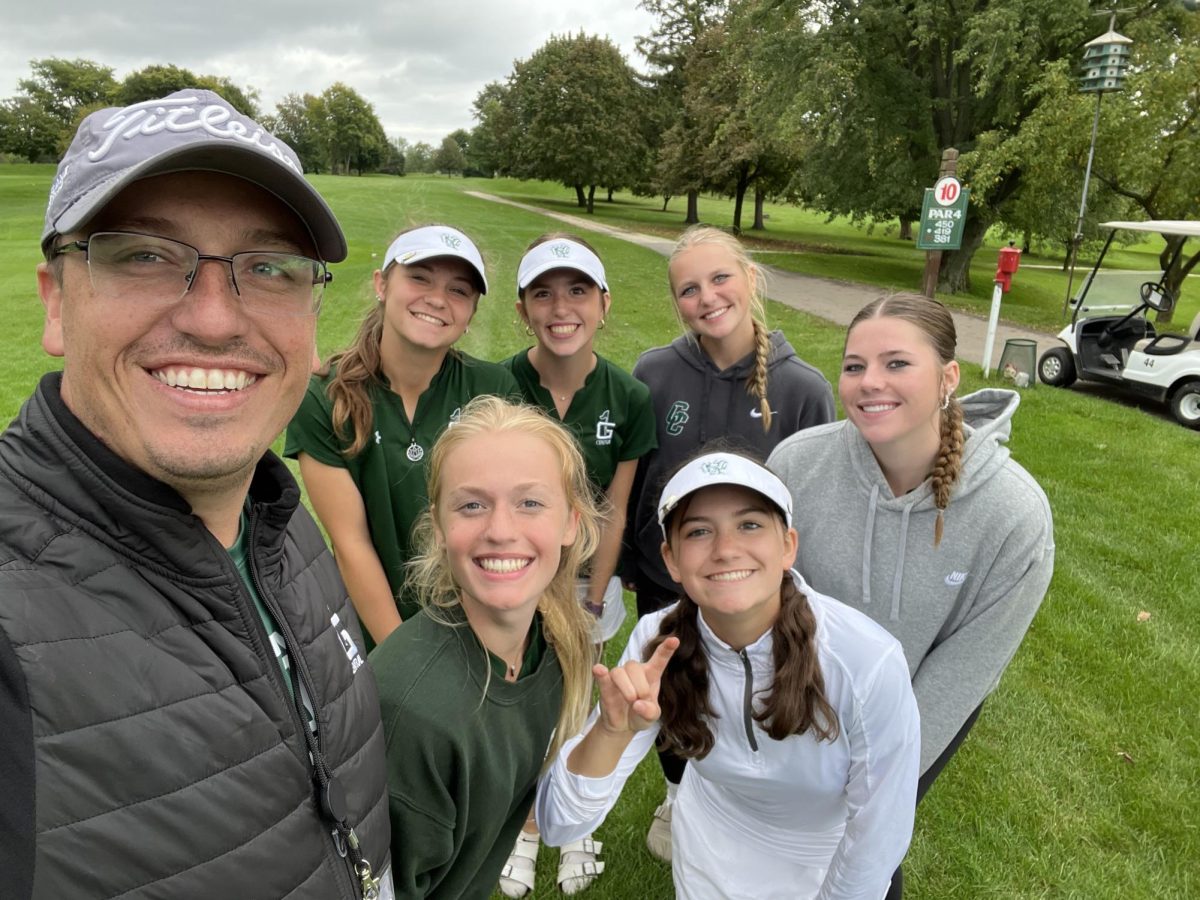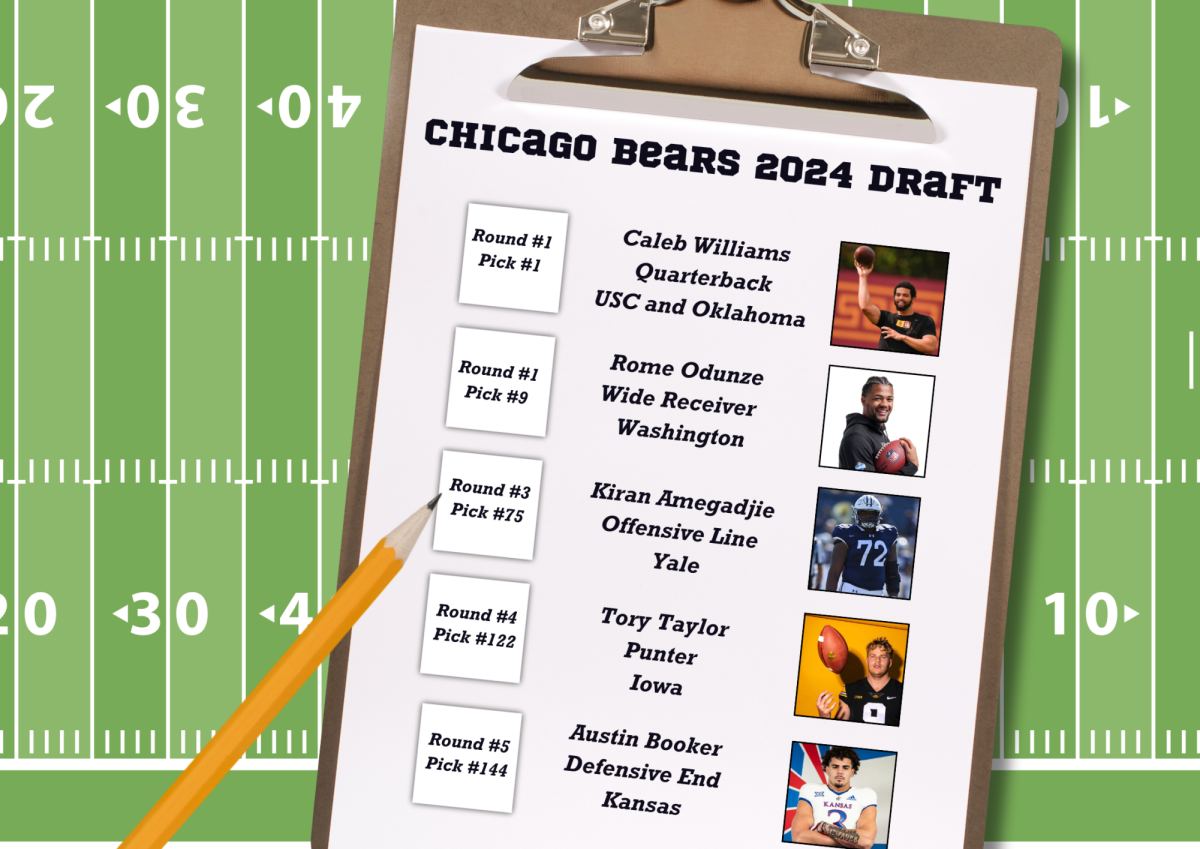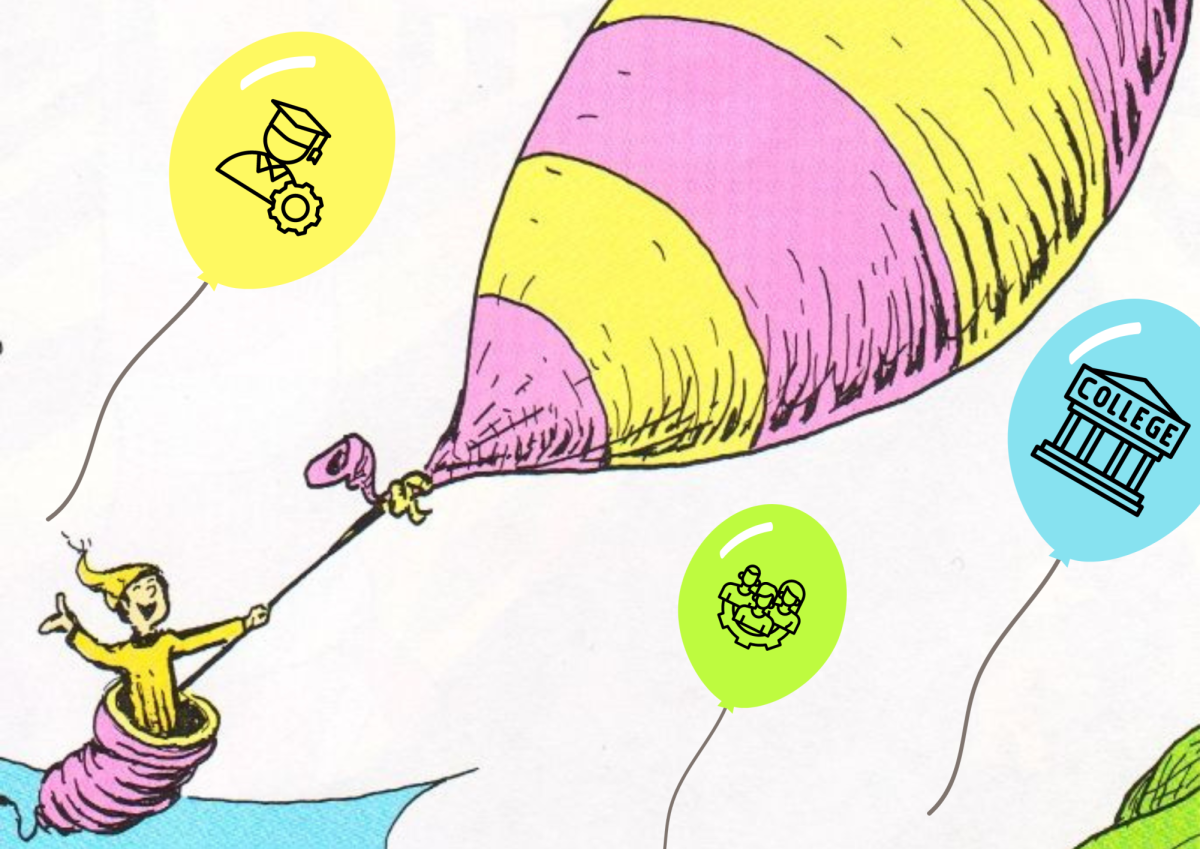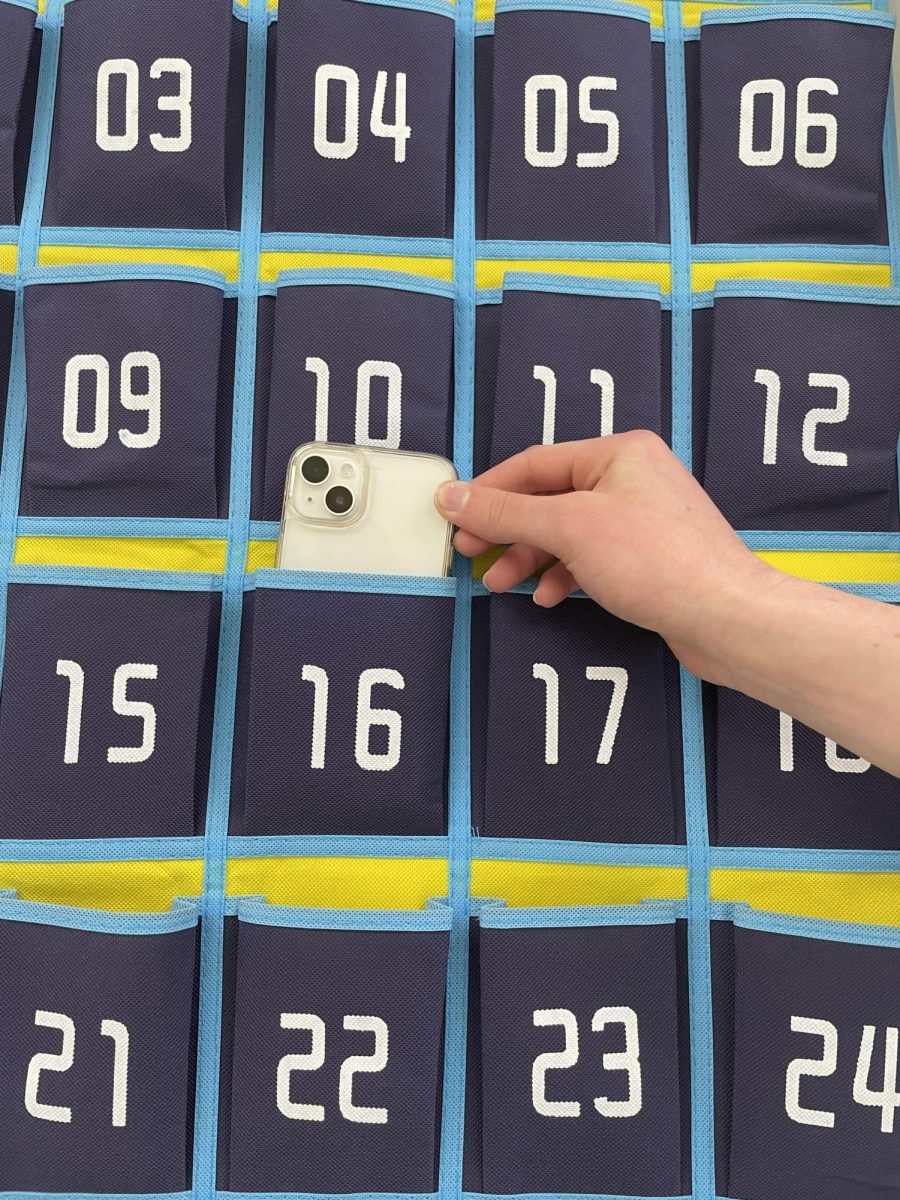The first thing many people crave when they can’t stay awake is caffeine. Students in particular rely on caffeine to be more productive in school, and of course help them wake up in the morning. Caffeine consumption used to be a simple cup of joe before work, but that all changed when beverages became more accessible and loaded with caffeine, like Panera’s Lemonade Charger which has over 390 mg of caffeine, which is about four times as much as a single cup of coffee! With products like this, many modern students are taking in far more caffeine than needed. Adi Patel, a sophomore at GCHS has his caffeine routine down. Patel said “first, I get coffee from Dunkin, then another one from home. Throughout the day I drink soda with caffeine as well.” Patel admits to spending almost $30 daily on over 400mg of caffeine. Not only is this a pricey habit, but caffeine comes with not just an energy boost, but some negative side effects
While caffeine may be a helpful tool to stay productive, if not used properly or in moderation, it can be harmful. Not only does one’s health suffer, but caffeine can have the opposite intended outcome, and be less beneficial to your goals. Life Fitness teacher, Theresa Curtis, has experienced difficulties with caffeine herself and has witnessed students struggle with misuse of caffeineIn the past, Curtis did not und
With all this being said, there is hope for students’ caffeine addictions. Curtis said, “caffeine is fine in moderation” and to track how it makes you feel. It can be hard to monitor
t known for their self control and responsibility, and you would think there would be some limit to the caffeinated drinks sold to them.
this, though. It feels like late start Wednesdays are meant for Starbucks runs. Or, you could take a short walk to the cafeteria to find your favorite BUBBL’R flavor. Students can access caffeine easier than ever, and its hard to resist after staying up studying. High schoolers are no
However, according to the research nonprofit organization The Pew Charitable Trusts, and the Robert Wood Johnson Foundation, there is no standard or restriction to caffeine sold to high school students in the state of Illinois. This leaves it up to high schoolers to account for themselves and their own caffeine consumption. Curtis said that, “reading the labels and seeing the amount of caffeine you’re drinking, focusing on trying not to have it past a certain time… and start cutting back a little at a time if you find yourself addicted” are all ways to cut back on caffeine. Many students try to find a balance between using caffeine as an energy booster without becoming too reliant on it. Taylor Gulley, a sophomore at GCHS, drinks at least one caffeinated beverage a day. Gulley said, “Sometimes it makes me feel shaky if I drink it on an empty stomach and it also hurts my stomach.” Freshman Addison Thomas drinks at least three BUBBL’Rs a day, on top of a Starbucks drink. Thomas explained how her tolerance to caffeine has slowly increased, and she feels withdrawals if she hasn’t had it. Thomas said, “caffeinated drinks just make me feel energized.”
That does not mean, however, that we should not strive to find a way to consume caffeine responsibly. This balance can be different for everyone and may be different on any given day. While it may be difficult to stop using caffeine, it is important to notice how it impacts us as young adults.

